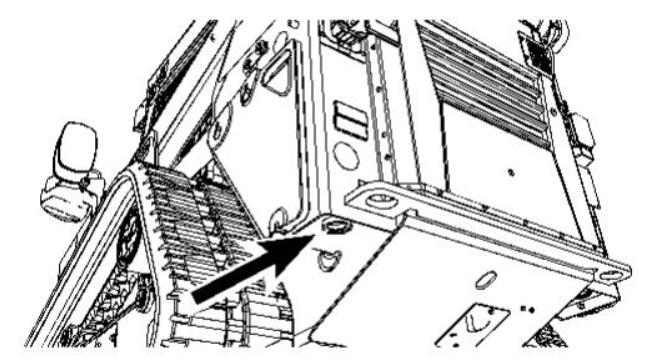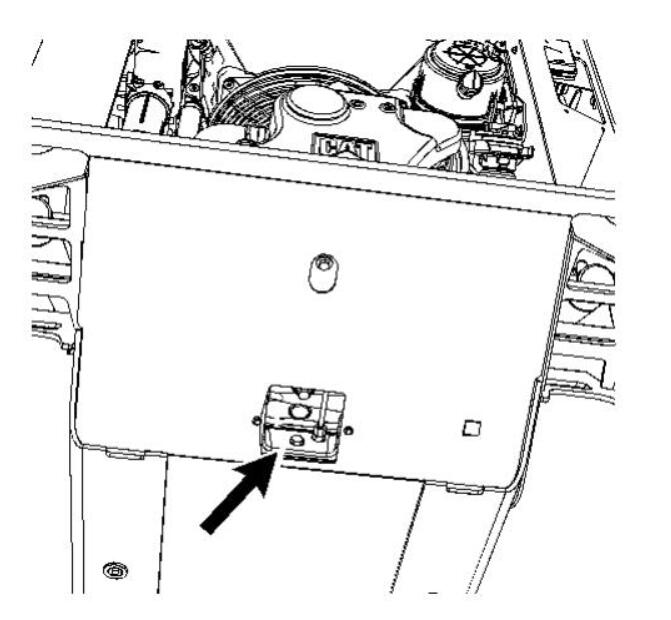Introduction:
Regular maintenance is crucial to ensure the optimal performance and longevity of your Caterpillar 299D Compact Track Loader. One essential maintenance task is the fuel tank drain operation. In this article, we will guide you through the step-by-step process of draining the fuel tank, ensuring the efficient removal of water and sediment.
Related Contents:
Caterpillar ET 2023A 2022A 2019C 2018A Electronic Technician Software Free Download
CAT Communication Adapter 3
Step 1: Ventilation
To start the fuel tank drain operation, slowly remove the fuel tank cap. This step allows the tank to vent while you drain the tank. It is advisable to perform this operation when the tank is almost empty for better results.


Step 2: Access Type 1 Fuel Tank
If your machine is equipped with a plastic fuel tank located inside the engine compartment (Type 1), locate and remove the access plate on the bottom of the engine compartment. This step provides access to the fuel tank drain plug.
Step 3: Drain the Tank
With the access plate removed, proceed to remove the fuel tank drain plug. As you do so, ensure that a suitable container is placed beneath the drain plug to collect the water and sediment effectively. Allow the tank to drain completely.
Step 4: Plug Installation
After draining the fuel tank, it is essential to install the fuel tank drain plug securely. The torque specifications for the drain plug may vary depending on the tank type. For Type 1 tanks, torque the drain plug to 11 ± 1 Nꞏm (8 ± 1 lb ft). For Type 2 tanks, torque the drain plug to 420 ± 63 Nꞏm (310 ± 46 lb ft).
Step 5: Cap Installation
Once the drain plug is securely installed, proceed to install the fuel tank cap. This ensures proper sealing and prevents any potential contamination.
Step 6: Disposal
Proper disposal of the collected water and sediment is essential to adhere to local regulations. Ensure that you dispose of the collected materials according to the guidelines provided by your local authorities.
Conclusion:
Performing regular maintenance on your Caterpillar 299D Compact Track Loader, such as the fuel tank drain operation, is vital to ensure optimal performance and longevity. By following the step-by-step guide provided in this article, you can effectively drain the fuel tank, removing water and sediment, and maintain the efficiency of your machine. Remember to always adhere to safety precautions and consult the machine’s Operation and Maintenance Manual for additional information or specific instructions.
More repair case for Caterpillar machine,please refer to:Caterpillar Machine Repair